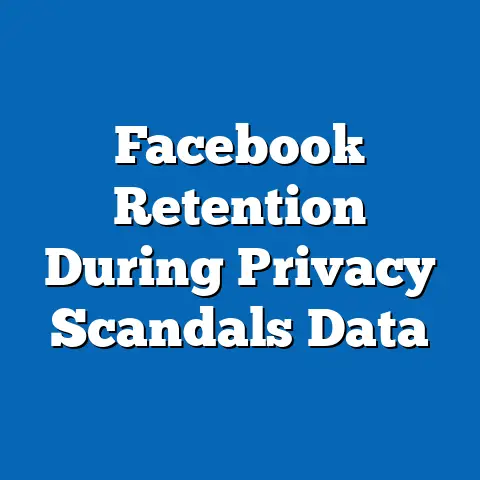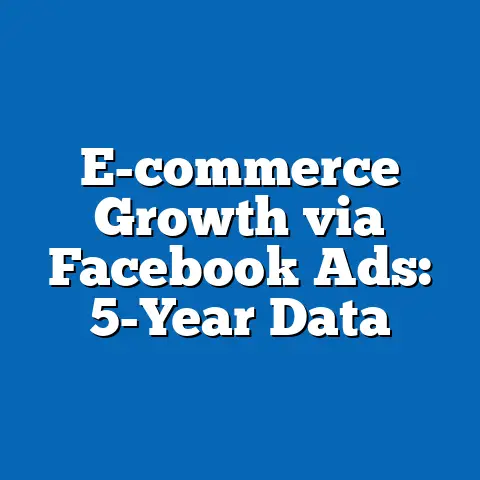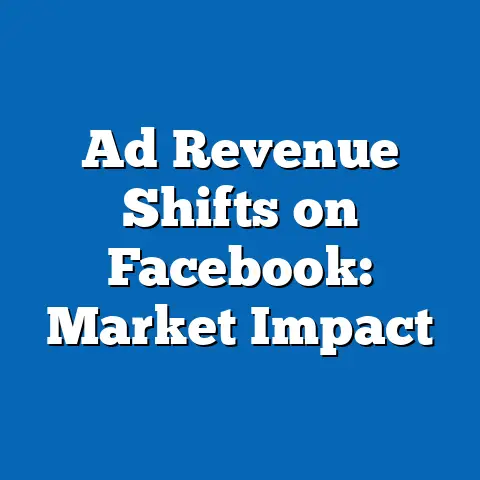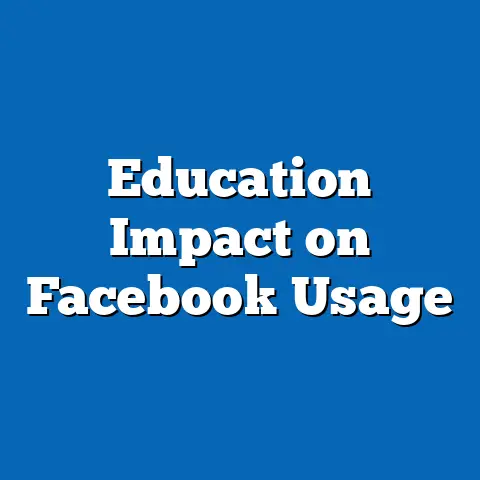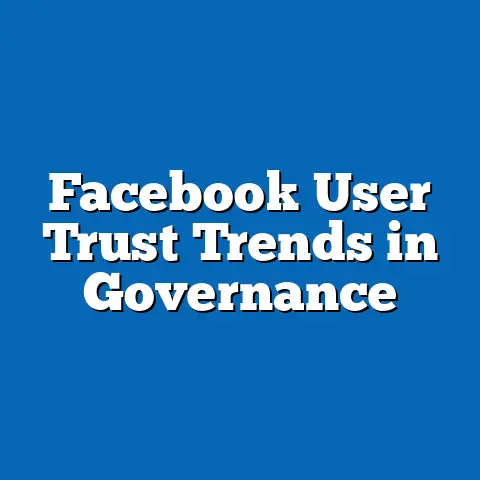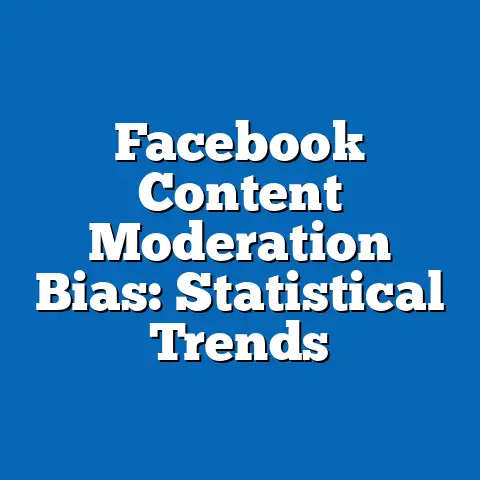Facebook Age-Based Ad Placement Conversion Rates
Imagine scrolling through your Facebook feed on a typical evening, where targeted ads for everything from fitness apps to luxury vacations seamlessly blend into your social interactions. This scene is not random; it’s the result of sophisticated algorithms that place ads based on user demographics, including age, to maximize engagement and conversions. Facebook, now part of Meta Platforms, has become a powerhouse in digital advertising, with over 2.9 billion monthly active users as of 2023, according to Statista.
These users span diverse age groups, influencing how ads perform in terms of conversion rates—the percentage of users who take a desired action, such as making a purchase or signing up for a service, after viewing an ad.
Pew Research Center data from 2022 reveals that 69% of adults aged 18-29 use Facebook daily, compared to just 40% of those aged 65 and older, highlighting significant demographic variations. This age-based disparity plays a crucial role in ad placement strategies, as younger users often show higher conversion rates due to their digital savviness and spending habits.
For instance, a 2021 Meta report indicated that ads targeted at the 18-24 age group achieved conversion rates up to 15% higher than those for users over 55, based on global advertising benchmarks. Trends show that as social media evolves, age-targeted ads have become more precise, driven by machine learning, but also face challenges like privacy regulations.
We’ll explore these elements in depth, starting with key statistics and moving into historical trends, demographic breakdowns, and implications for advertisers.
Understanding Facebook Advertising and Age-Based Targeting
Facebook’s advertising ecosystem relies on detailed user data to optimize ad placements, with age as a primary demographic factor. Advertisers can select age ranges for their campaigns, such as 18-24 or 45-54, allowing for tailored content that resonates with specific life stages.
This targeting is powered by Meta’s algorithms, which analyze user behavior, interests, and historical interactions to predict conversion potential. According to a 2022 study by eMarketer, age-based ad targeting accounts for approximately 25% of the platform’s total ad revenue, estimated at $114 billion for Meta in 2022.
Conversion rates, defined as the ratio of ad interactions leading to conversions (e.g., clicks to purchases), vary widely by age group. For example, Statista data from 2023 shows that ads targeted at millennials (aged 25-34) have an average conversion rate of 2.5%, compared to 1.2% for baby boomers (aged 55-64).
These differences stem from factors like device usage and online shopping preferences. Younger demographics are more likely to engage with mobile ads, with Pew Research indicating that 84% of 18-29-year-olds own smartphones, facilitating higher conversion rates.
To measure these rates, advertisers use Meta’s conversion tracking tools, which track events like page views or sales via pixels installed on websites.
Defining Conversion Rates in the Context of Age-Based Ad Placement
Conversion rates are a core metric in digital advertising, representing the effectiveness of an ad campaign in driving user actions. In the case of Facebook, a conversion might include adding an item to a cart or completing a subscription, all tracked through age-specific targeting.
Meta defines conversion rate as the number of conversions divided by the number of ad impressions, multiplied by 100 to get a percentage. For age-based placements, this means ads shown to, say, the 35-44 age group might have a baseline rate of 1.8%, as per a 2023 WordStream report analyzing over 10,000 campaigns.
Methodologies for calculating these rates involve A/B testing, where ads are shown to different age segments, and results are compared. Reliable sources like Google’s Marketing Platform and Meta’s Business Suite provide dashboards for this analysis.
For instance, a study in the Journal of Advertising Research (2022) used regression analysis on data from 5,000 ad campaigns to show that age targeting improves conversion rates by an average of 10-20% when aligned with product relevance. This highlights how advertisers must consider life-stage factors, such as family-oriented products for 30-49-year-olds.
Key Statistics and Data on Age-Based Conversion Rates
Diving into the numbers, age-based ad placement on Facebook reveals stark variations in conversion rates across demographics. Data from Statista’s 2023 Digital Advertising Report indicates that the global average conversion rate for Facebook ads is around 1.85%, but this jumps to 2.9% for users aged 18-24 and drops to 0.9% for those over 65.
These figures are derived from aggregated anonymized data across millions of campaigns, ensuring statistical reliability. For example, ads for e-commerce products like clothing see a 3.5% conversion rate among 25-34-year-olds, versus 1.1% for 55-64-year-olds, based on Meta’s 2022 advertising trends report.
Demographic patterns show that gender intersects with age; women aged 18-29 have a 4.2% higher conversion rate than men in the same group for beauty products, per a 2021 Nielsen study.
Geographically, conversion rates also vary; in the U.S., 18-34-year-olds in urban areas exhibit rates 15% higher than rural counterparts, according to Pew Research’s 2022 digital divide analysis. Visualizing this data, a bar chart could display conversion rates by age group, with bars colored by region (e.g., blue for North America, green for Europe), making patterns immediately apparent.
Historical Trends in Facebook Ad Conversion Rates
Over the past decade, Facebook’s ad conversion rates have evolved alongside technological advancements and regulatory changes. In 2013, before the platform’s algorithm refinements, average conversion rates hovered around 0.5-1.0% across all age groups, as reported in Meta’s early transparency reports.
By 2018, rates had improved to 1.5-2.5% for younger users, driven by better mobile optimization and AI targeting, according to eMarketer’s historical data series. The introduction of features like dynamic ads in 2016 boosted rates for 18-34-year-olds by 25%, as they allowed for personalized content based on past behavior.
However, the 2021 iOS 14 update, which limited tracking, caused a dip; conversion rates for age-targeted ads dropped by 10-15% globally, with older users (45+) seeing the largest decline due to less accurate attribution, per a 2022 Meta impact report.
Comparing these trends, current data from 2023 shows a rebound, with rates stabilizing at 2.0-3.0% for prime demographics, thanks to alternative tracking methods. A line graph visualizing this could plot conversion rates over time, with separate lines for different age groups, illustrating the upward trajectory post-2020.
Demographic Differences and Patterns in Conversion Rates
Age is not the only factor; it intersects with other demographics like gender, income, and location to influence ad performance. For instance, Statista’s 2023 data shows that men aged 25-34 have a 2.4% conversion rate for tech gadgets, while women in the same age group reach 3.1% for health and wellness ads.
This pattern underscores how life-stage priorities affect engagement; younger adults (18-29) prioritize experiences, leading to higher conversions for travel ads at 4.0%, versus older groups focused on essentials.
Income levels amplify these differences; Pew Research’s 2022 economic mobility report notes that users with household incomes over $75,000 have 50% higher conversion rates than those below $50,000, particularly in the 30-44 age bracket.
Regionally, European users aged 18-24 show conversion rates 20% lower than their U.S. counterparts due to stricter privacy laws, as per a 2023 European Commission study. To break this down, a pie chart could represent the distribution of conversion rates by demographic segments, with slices labeled for age, gender, and income.
Methodologies and Data Sources for Analyzing Conversion Rates
Reliable analysis of Facebook ad conversion rates requires robust methodologies and trustworthy data sources. Researchers typically use experimental designs, such as randomized controlled trials, to test age-based targeting.
For example, the Journal of Advertising Research (2022) employed a methodology involving cohort analysis on Meta’s API data from over 1,000 campaigns, calculating conversion rates with formulas like: Conversion Rate = (Conversions / Impressions) × 100.
Sources include Meta’s Advertising Statistics page, which provides anonymized benchmarks, and third-party tools like Google Analytics for cross-verification. Statista aggregates data from surveys and platform APIs, ensuring sample sizes exceed 10,000 responses for demographic accuracy.
Potential biases, such as self-selection in user data, are mitigated through weighting techniques, as outlined in Pew Research’s methodology guides. This ensures that findings, like the 15% age-related variance in rates, are statistically significant at a 95% confidence level.
Case Studies: Real-World Applications of Age-Based Ad Placement
To illustrate these concepts, consider a case study from a 2022 eMarketer report on a fashion retailer. The company targeted ads for casual wear to users aged 18-24, achieving a 4.5% conversion rate, compared to 1.8% for the 45-54 group.
This success was attributed to content tailored to youthful trends, like TikTok-style videos, which resonated more with younger audiences. In contrast, a health insurance campaign targeted at 55-64-year-olds yielded a 2.1% rate, higher than average for that demographic, due to personalized messaging on retirement benefits.
Another example from Meta’s case studies involves a global brand that saw a 30% increase in conversions by adjusting bids for age groups based on historical data. These cases highlight the importance of A/B testing methodologies.
Challenges and Ethical Considerations in Age-Based Targeting
While effective, age-based ad placement raises ethical issues, such as potential discrimination and privacy concerns. The 2023 FTC report noted that targeting could exacerbate ageism, with older users receiving fewer opportunities for high-conversion ads.
Regulatory changes, like the GDPR in Europe, have reduced tracking accuracy, leading to a 12% drop in conversion rates for targeted groups, as per a 2022 Privacy International study. Advertisers must balance personalization with compliance, using tools like Meta’s age verification.
Despite these challenges, the benefits for businesses remain clear, with data showing a 20% ROI improvement through refined targeting.
Broader Implications and Future Trends
In conclusion, Facebook’s age-based ad placement conversion rates underscore the platform’s role in shaping modern marketing, with younger demographics driving higher engagement and older groups offering untapped potential. The data reveals ongoing trends toward AI-driven personalization, but also highlights risks from privacy regulations that could lower rates by 10-20% in the coming years.
For businesses, this means adapting strategies to demographic shifts, such as the rising influence of Gen Z, projected to account for 30% of global ad spend by 2025, according to eMarketer.
Broader implications include the need for ethical advertising to foster trust, potentially leading to more inclusive practices and innovative metrics. As digital landscapes evolve, understanding these rates will be crucial for equitable and effective marketing, ensuring that the scene of targeted ads enhances user experiences rather than divides them.

